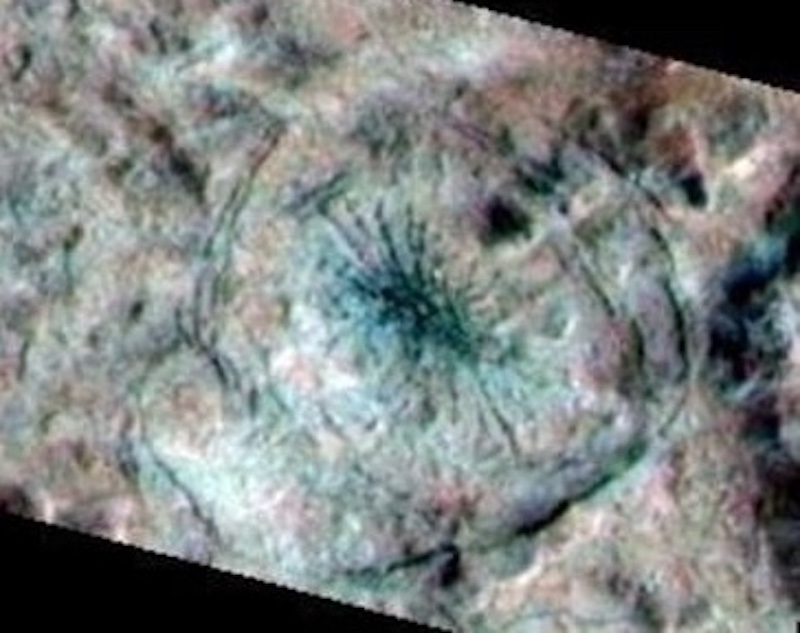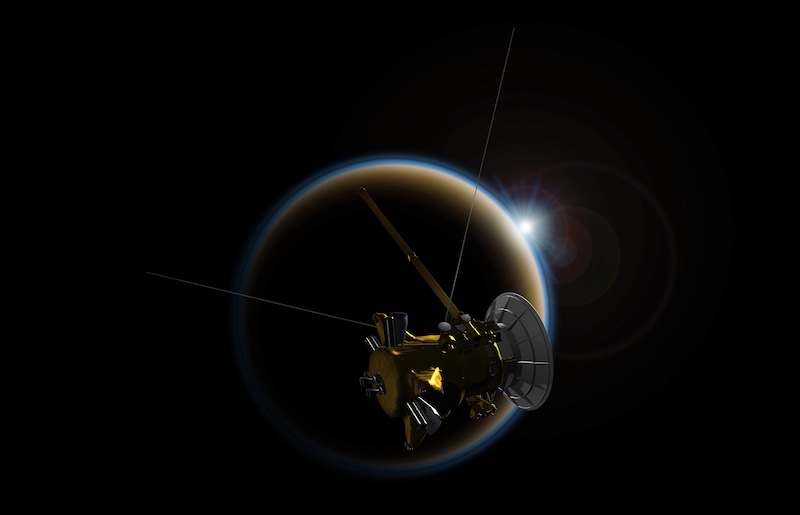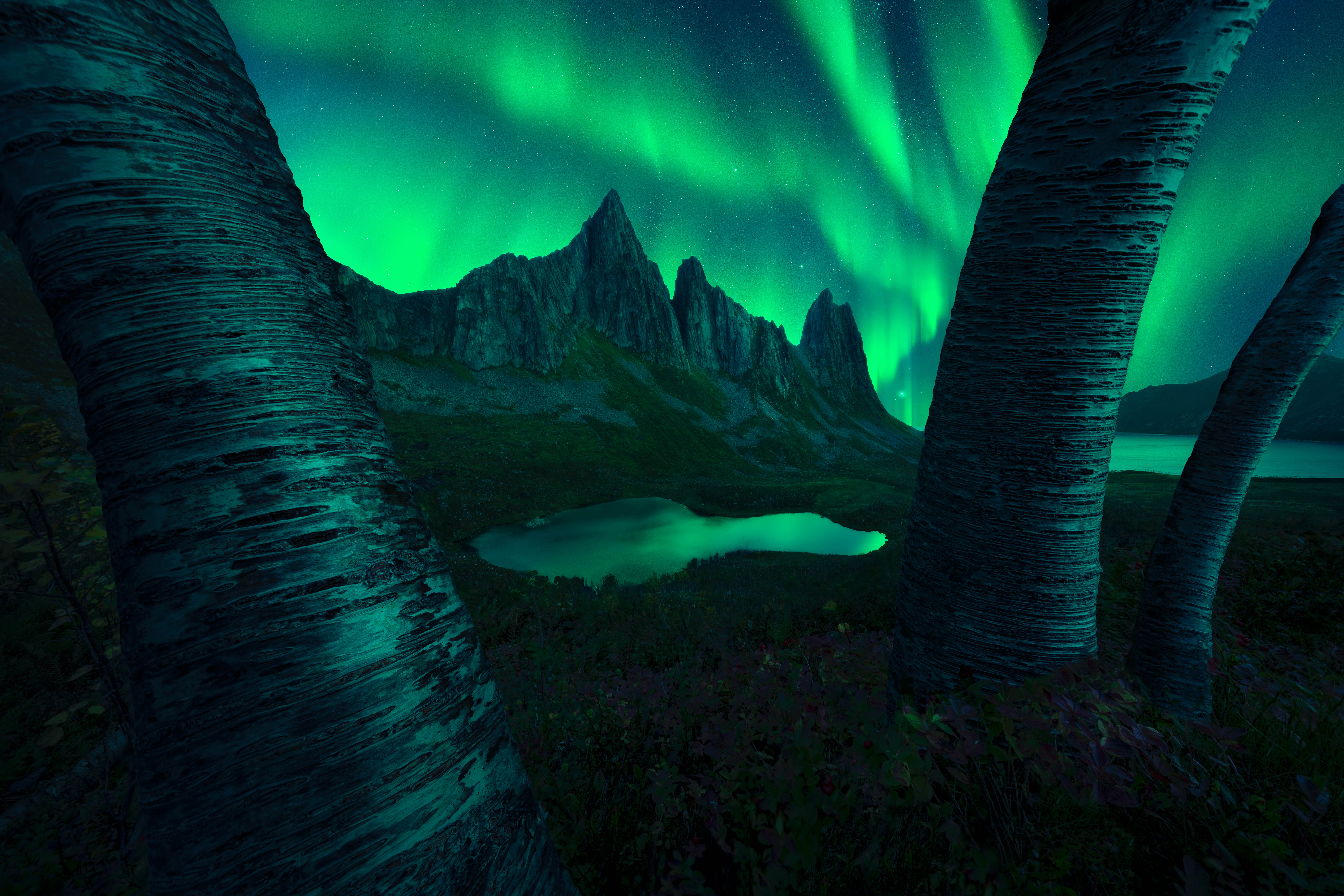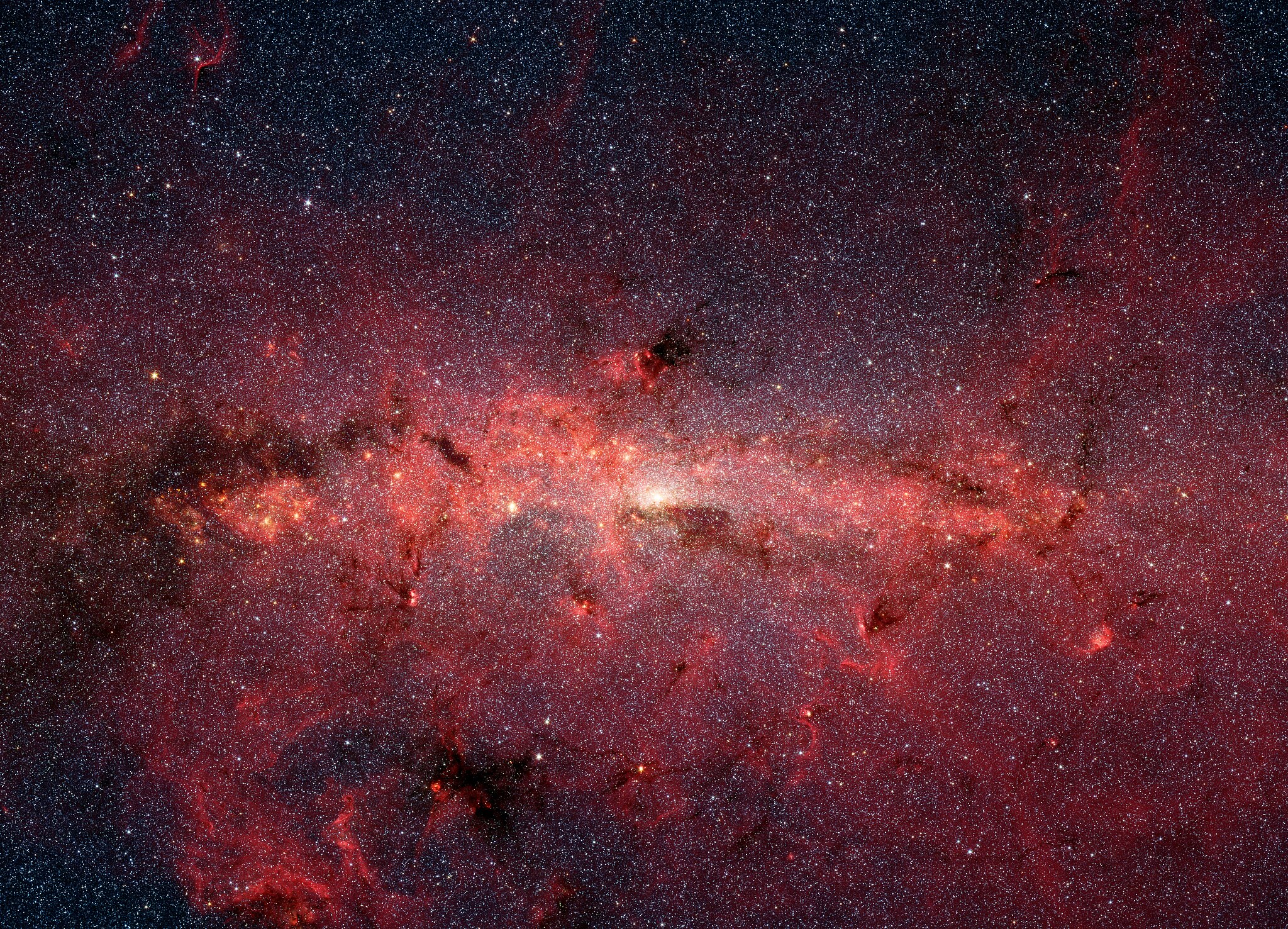Now Reading: New Horizons visited Pluto 10 years ago
-
01
New Horizons visited Pluto 10 years ago
New Horizons visited Pluto 10 years ago
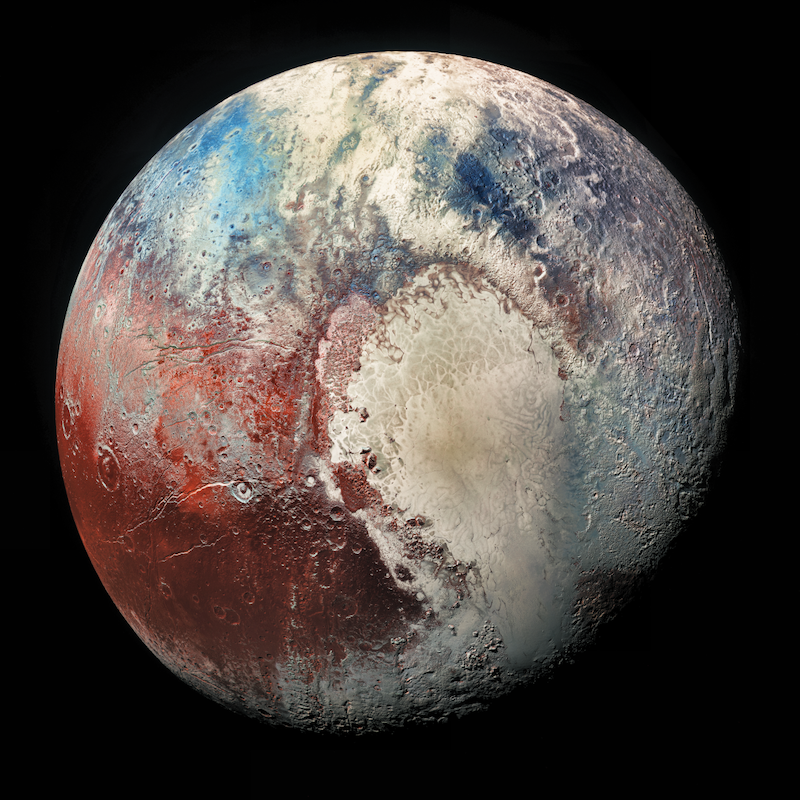
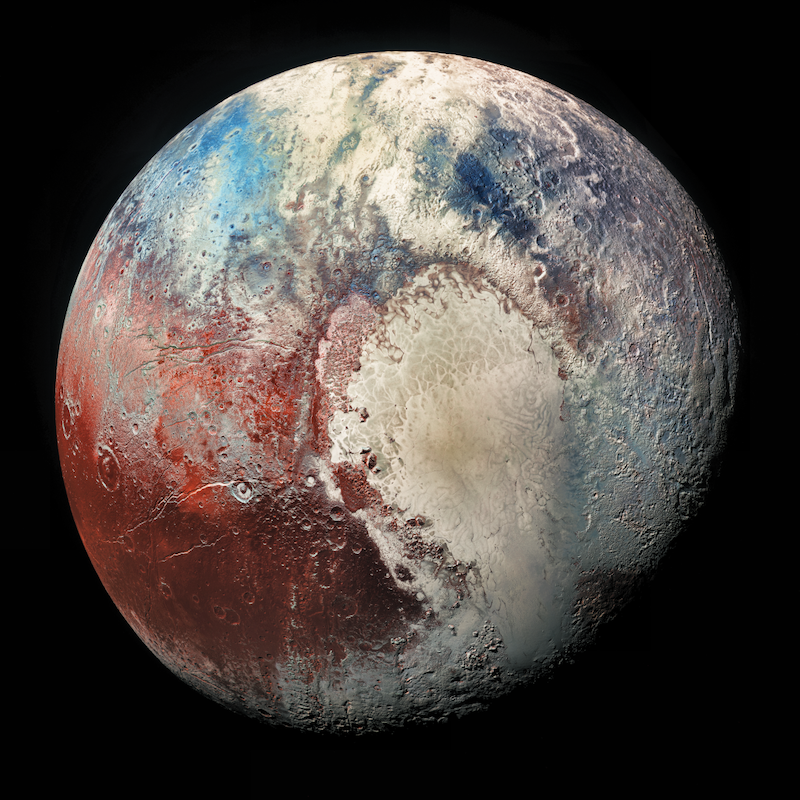
July 14, 2015: New Horizons at Pluto
Ten years ago tomorrow, NASA’s New Horizons spacecraft passed distant Pluto, sweeping only about 7,750 miles (12,472 km) above its surface. The fast-moving spacecraft had traveled almost 10 years and 3 billion miles (5 billion km) to reach Pluto. The journey took only about a minute less than what the mission team predicted when the craft launched in January 2006. Once at Pluto, New Horizons “threaded a needle” through a 36-by-57 miles (58 by 92 km) window in space. Comparatively, that’s like a commercial airliner arriving no more off target than the width of a tennis ball.
In addition, New Horizons was the first-ever space mission to view Pluto and its moons (Charon, Nix, Hydra, Styx and Kerberos) up close.
It’ll likely be the only space mission to Pluto in the lifetimes of many of us.
Surprising and amazing
A year after the New Horizons flyby, the mission’s principal investigator Alan Stern of the Southwest Research Institute, Boulder, Colorado, listed the mission’s most surprising and amazing findings:
- The complexity of Pluto and its satellites is far beyond what we expected.
- The degree of current activity on Pluto’s surface and the youth of some surfaces on Pluto is simply astounding.
- Pluto’s atmospheric hazes and lower-than-predicted atmospheric escape rate upends all of the pre-flyby models.
- Charon’s enormous equatorial extensional tectonic belt hints at the freezing of a former water ice ocean inside Charon in the distant past. Other evidence from New Horizons indicates Pluto could well have an internal water-ice ocean today.
- All of Pluto’s moons that can be age-dated by surface craters have the same ancient age, adding weight to the theory that they were formed together in a single collision between Pluto and another planet in the Kuiper Belt long ago.
- Charon’s dark red polar cap is unprecedented in the solar system and may be the result of atmospheric gases that escaped Pluto and then accreted on Charon’s surface.
- Pluto’s vast 1,000-kilometer-wide (620-mile-wide) heart-shaped nitrogen glacier (informally called Sputnik Planitia) that New Horizons discovered is the largest known glacier in the solar system.
- Pluto shows evidence of vast changes in atmospheric pressure and, possibly, past presence of running or standing liquid volatiles on its surface; something only seen elsewhere on Earth, Mars and Saturn’s moon Titan in our solar system.
- The lack of additional Pluto satellites beyond what was discovered before New Horizons was unexpected.
- Pluto’s atmosphere is blue. Who knew?
Watching from mission control

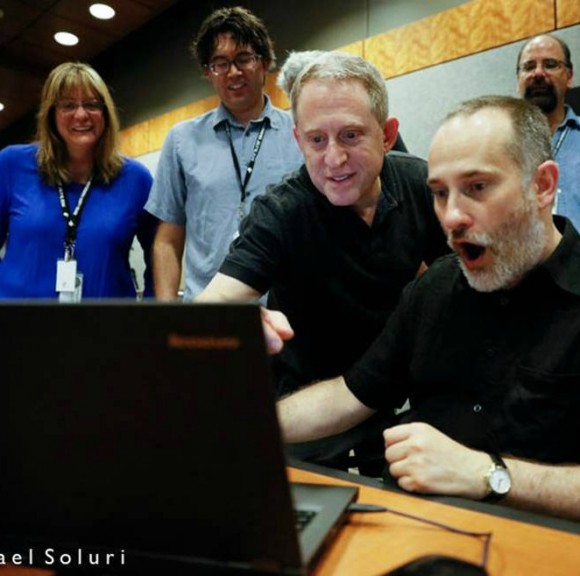
LOCKED! We have confirmation of a successful #PlutoFlyby. pic.twitter.com/Krfo9qxxHw
— NASA New Horizons (@NASANewHorizons) July 15, 2015
Pluto’s heart
Among New Horizons’ most immediate, stunning and visible findings was a bright heart-shaped feature on Pluto. Scientists named it Tombaugh Regio after Clyde Tombaugh. Its nickname is simply The Heart.
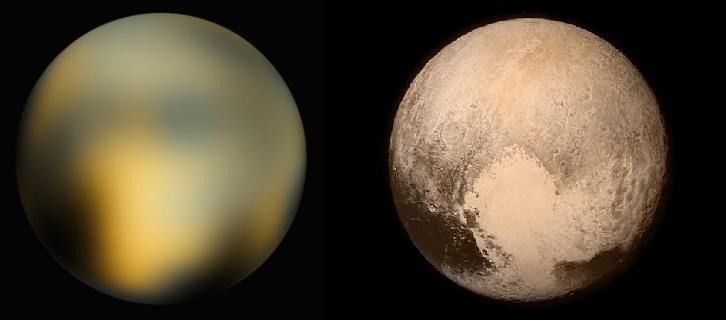
Ice mountains on Pluto
Another stunning discovery by New Horizons was finding ice mountains on Pluto, with peaks jutting as high as 11,000 feet (3,500 meters) above Pluto’s surface. The mountains lie along Pluto’s equatorial region near the base of the Heart. Scientists think that these mountains likely formed no more than 100 million years ago, making them extremely young in contrast to the 4.6-billion-year age of our solar system. Jeff Moore, a New Horizons imaging team member, said:
This is one of the youngest surfaces we’ve ever seen in the solar system.
Is Pluto geologically active?
In fact, on March 29, 2022, scientists announced that giant ice volcanoes create some of Pluto’s most unusual surface features. Evidence suggests this is from recent activity, geologically speaking. Plus the ice volcanoes may still be erupting today.
Read more about mountains on Pluto
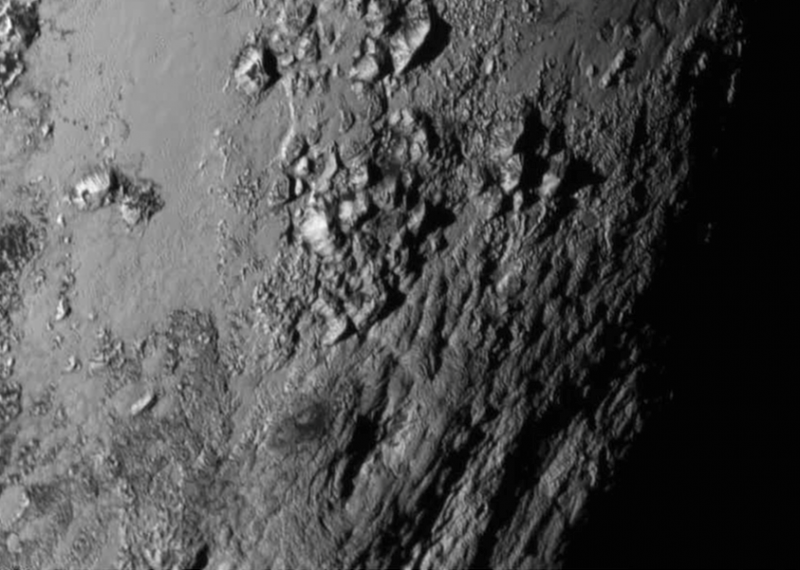
Looking back
A year after New Horizons’ Pluto flyby, Hal Weaver, New Horizons project scientist from the Johns Hopkins University Applied Physics Laboratory in Laurel, Maryland, said:
It’s strange to think that only a year ago, we still had no real idea of what the Pluto system was like. But it didn’t take long for us to realize Pluto was something special, and like nothing we ever could have expected. We’ve been astounded by the beauty and complexity of Pluto and its moons and we’re excited about the discoveries still to come.
If you ask these scientists today – years after the flyby – they’d express a lot of the same excitement.
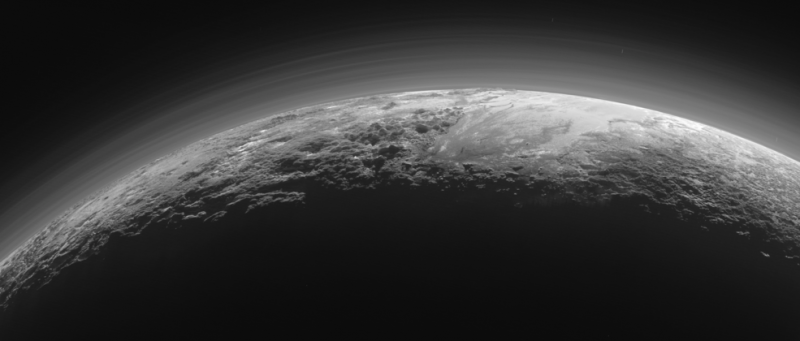
Where is New Horizons now?
In early 2019, New Horizons encountered a second Kuiper Belt object, officially known as 2014 MU69 and previously nicknamed Ultima Thule. It has since been renamed to Arrokoth. Read more about the Arrokoth/Ultima Thule encounter here.
And in 2024, it was announced that New Horizons had discovered a second Kuiper Belt.
Plus, in 2024, New Horizons was far enough out in our solar system to measure the light of the distant universe.
And on June 30, 2025, NASA announced New Horizons performed the first interstellar navigation. That’s because it is so far from Earth, the relative position of stars has shifted.
New Horizon’s mission to explore the solar system has been extended through 2029. It might perform more flybys of additional Kuiper Belt Objects (KBOs) in the late 2020s or 2030s. Stay tuned.
So New Horizons is still out there – still within our solar system – speeding outward.
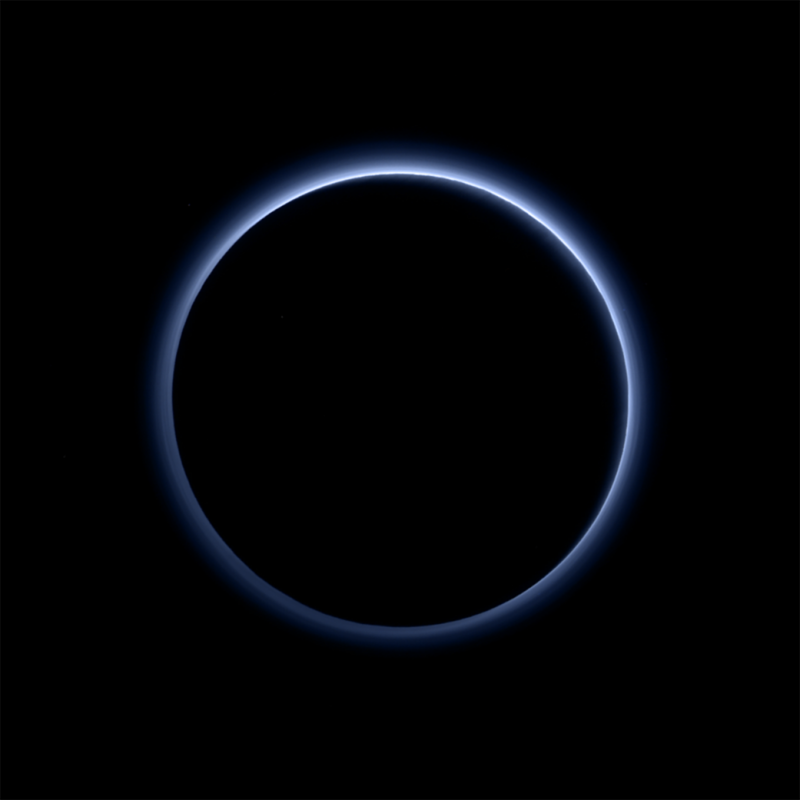
Bottom line: The New Horizons spacecraft flew past the Pluto system 10 years ago on July 14, 2015.
Charon’s red cap created by “atmospheric surges”
View all images of the Pluto encounter from New Horizons
Enjoying EarthSky? Sign up for our free daily newsletter today!
The post New Horizons visited Pluto 10 years ago first appeared on EarthSky.
Stay Informed With the Latest & Most Important News
Previous Post
Next Post
-
 01From Polymerization-Enabled Folding and Assembly to Chemical Evolution: Key Processes for Emergence of Functional Polymers in the Origin of Life
01From Polymerization-Enabled Folding and Assembly to Chemical Evolution: Key Processes for Emergence of Functional Polymers in the Origin of Life -
 02Panasonic Leica Summilux DG 15mm f/1.7 ASPH review
02Panasonic Leica Summilux DG 15mm f/1.7 ASPH review -
 03Two Black Holes Observed Circling Each Other for the First Time
03Two Black Holes Observed Circling Each Other for the First Time -
 04How New NASA, India Earth Satellite NISAR Will See Earth
04How New NASA, India Earth Satellite NISAR Will See Earth -
 05And Thus Begins A New Year For Life On Earth
05And Thus Begins A New Year For Life On Earth -
 06Astronomy Activation Ambassadors: A New Era
06Astronomy Activation Ambassadors: A New Era -
07SpaceX launch surge helps set new global launch record in 2024













